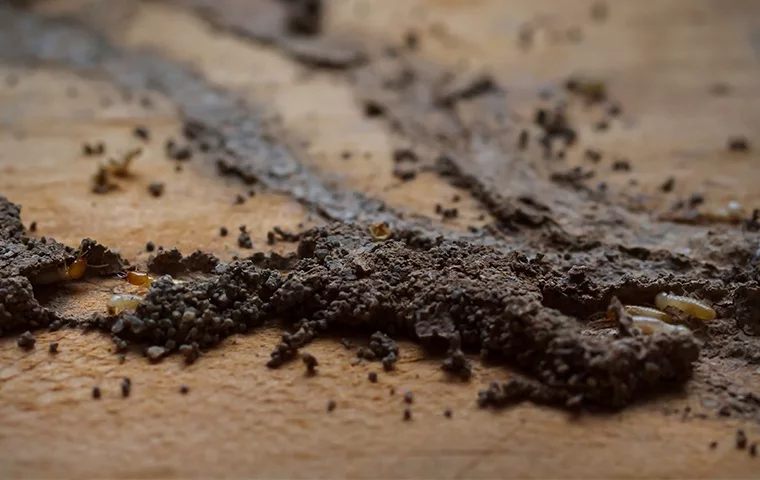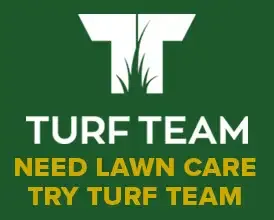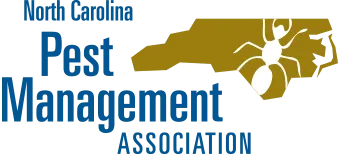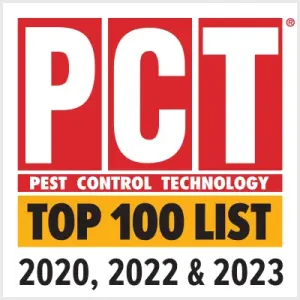Termite Identification
Why Should I Be worried about termites?
More than 365,000 homes in the U.S. are involved in a fire each year. More than 600,000 U.S. homes suffer termite damage totaling over 1.5 billion dollars annually. This is more than the damage caused by all fires, storms and earthquakes combined. More than 2 million homes require termite treatment each year. Homeowners insurance can help recover losses from fires, floods and earthquakes, but it is almost impossible to get insurance against termites.

What Do Termites In Coastal Carolina Look Like?
If you’re experiencing a termite problem in your North Carolina home, you’re most likely encountering subterranean termites. Like other termite species, they exist in a caste system.
Worker Termites
Worker termites are blind and complete all of the labor within the colony. They are responsible for eating, feeding, repairing their nest, and caring for the young in the colony. They are about ⅛ inch long with a soft body that’s milky white in color.
Solder Termites
Solder termites defend the colony. Like workers, they are blind and look quite similar with a few exceptions. They are slightly longer than workers with larger heads built for defensive purposes. Coming out of their head are large mandibles aimed to kill enemies.
Reproductives
Reproductives, or alates, are mature males and females that have two pairs of long, narrow wings. Both their wings are equal length and extend beyond their body. After swarming, reproductives shed their wings.
How Do I Know If I Have A Termite Problem?
The most obvious sign of a termite problem is seeing swarmers. Subterranean termites will likely swarm in the spring, during the day, and after a recent rainfall. These reproductives or alates will leave their colony to mate and form a new colony. Swarming termites are a clear sign of a well-established termite infestation. Aside from swarming, you can look for the following signs of termite activity:
-
Mud tubes: Termites must stay underground or within structures. Therefore, they will build mud tubes to protect themselves as they travel from their nest to their food source. These tubes are often along the foundation of homes.
-
Hollow sounding, buckling, or damaged wood: Wood may appear crushed or sound hollow if you tap on it.
-
Wing piles: Reproductives or alates will shed their wings after they swarm. You may find a pile of their wings lying around.
What Do Termites Eat?
Termites prefer damp or rotting wood, but once they’re established, they will eat just about any wood product. They may also destroy paper products such as books, cardboard boxes, furniture, and various other items. Even buildings with steel framing and masonry walls are targets because of the wooden doors and window frames, wooden support beams, cabinets or shelving.
Termites feed on cellulose, a complex chemical in plant cell walls. Termites are very important in the natural decomposition of fallen trees, leaves and other plant products. Property owners seldom see the worker or soldier termites, but in the spring or fall they may see swarming "winged reproductives." This kind of termite can easily be confused with a winged ant unless you look closely.
Are They Ants Or Termites?
People often mistake termites for ants, particularly swarming termites. There are, however, some common ways to distinguish the two insects. For clues to help distinguish termites from ants, examine the insect’s wings, waist, and antennae. While both insects have two pairs of wings, termite wings are relatively equal in size. Ant wings tend to be longer in front and shorter in back. Ants also have narrow, pinched waists whereas a termite’s waist is thicker and less distinct. Lastly, an ant’s antennae is elbowed and termites have straight antennae.
How Do I Protect My Property From Termites?
A thorough inspection by an Bug-N-A-Rug Exterminators is the first and most important step in protecting your property against a termite infestation. Our experienced professionals know how to locate the specific areas in your structure where a termite attack is likely to occur. If a termite infestation is found, your Bug-N-A-Rug Specialist will design a treatment plan for your property that will eliminate any current infestation and establish a treatment zone around your home. This monitoring system will eliminate the chance of future termite infestations. Don’t worry about termites anymore; contact the professionals at Bug-N-A-Rug today.









